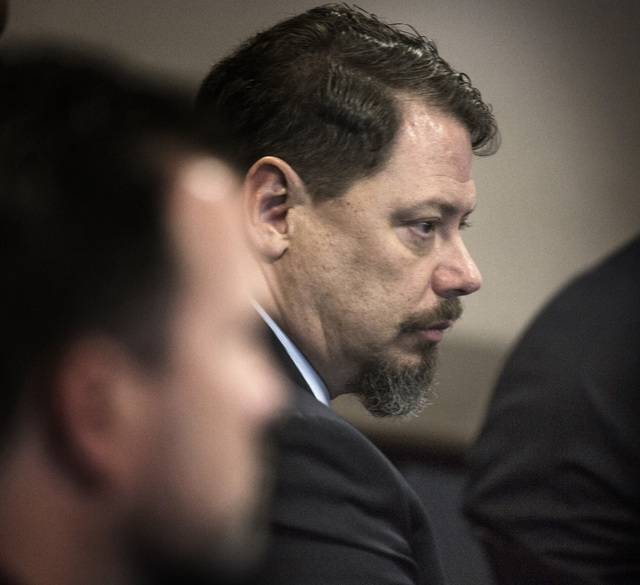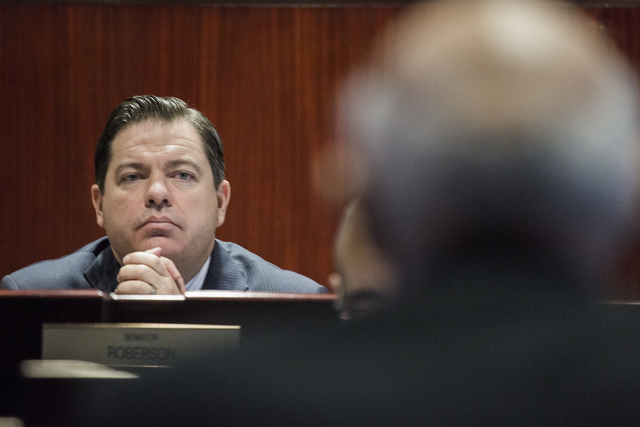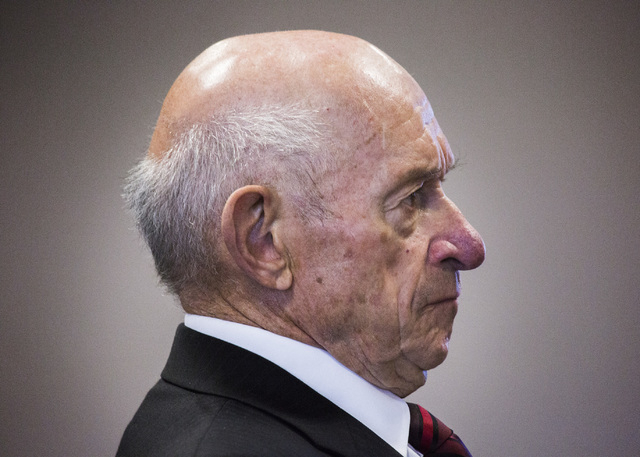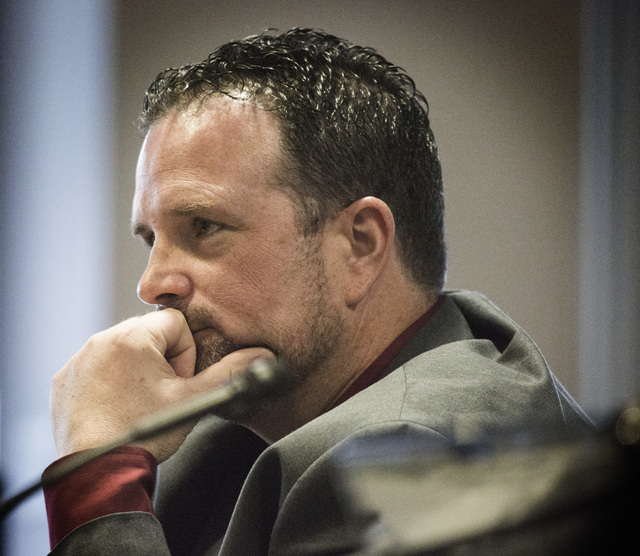Legislators recommend former educator to develop Clark County schools overhaul









A proposed reorganization of the Clark County School District may overhaul a funding formula that subsidizes more experienced and educated teachers to work in wealthier communities in the Las Vegas Valley.
The proposal, which a panel of state lawmakers unanimously endorsed Wednesday, would strip power away from central administration and offer principals, parents and teachers more authority to control the budget, staffing and instruction decisions at every campus in the district.
The “empowerment” school model also would redistribute funds within the district so that money flows directly to a campus based on the students they serve. Students who require more resources to teach, such as those living in poverty or with special needs, would draw a greater share of tax dollars to their schools.
That “weighted” funding formula potentially could arm principals with enough money to attract more experienced and educated teachers to schools with more at-risk students. Those highly paid educators now tend to avoid such schools and instead flock to campuses with fewer at-risk students in Henderson, Summerlin and other suburban or affluent neighborhoods.
Although a weighted formula could help high-needs schools avoid filling classroom vacancies with long-term substitutes and inexperienced teachers, it’s unclear whether or how the schools in wealthier neighborhoods will be able to afford more expensive teachers.
“That depends,” said Michael Strembitsky, a retired superintendent who four decades ago designed and implemented the empowerment model in Edmonton, Alberta. “I will make recommendations, but how that’s dealt with will be by the district or the state.”
On Wednesday, a legislative committee voted 9-0 to recommend a $150,000 contract for Strembitsky to develop a plan for the districtwide implementation of the empowerment model before the 2018-19 school year.
If approved by an interim finance committee today, Strembitsky will work with the district and teacher, school administrator and community groups to develop final recommendations by summer.
“There are other strategies to draw the most effective teachers into any school,” Strembitsky said. “I want to be careful about going into management decision, but you can get your higher-performing principals into those assignments.
“Those tend to draw good teachers (but) that’s only one way,” he added. “There may have to be others.”
How to spread teachers equitably across the nation’s fifth-largest school district presents just one of many issues Strembitsky will tackle as he develops the reorganization plan over the next several months.
Strembitsky also must recommend whether legal, human resources and other departments should remain centralized; how to avoid conflicts with state and federal education mandates; who should sit on school-based councils to influence decision making; and which safeguards could help prevent “bad” decisions.
Thoroughly training the 40,000 principals, teachers, administrators and support staff who work for the district will provide yet another hurdle to systemwide implementation of the empowerment model.
Supporters of the reorganization, required under Assembly Bill 394, argue it will boost student achievement, increase local control and cut costs.
But Assemblywoman Olivia Diaz, D-North Las Vegas, questioned whether the district currently has enough resources to meet the needs of every student.
“There are many English language learner students who are not getting adequate resources behind them, because they’re in a school that wasn’t fortunate or blessed to get additional money. Same thing with special ed kids and the like,” Diaz said.
“We think there’s more money around, but I’m not necessarily sure that that’s going to be the case,” she added.
State Sen. Michael Roberson, R-Henderson, leads the nine-member committee that must submit a final reorganization plan by Jan. 1.
He dismissed the suggestion that the empowerment proposal would require any additional money.
“We’re not saying that education funding is adequate today,” Roberson said.
“This reorganization will be fiscally neutral because there will be a meaningful reduction in the central administration, and more of the existing dollars will be going to the schools, to the classroom,” he added.
Central administration accounts for about $64.2 million, or about 3.2 percent of the district’s total budget for the 2016-17 school year.
“This is going to be a daunting task. It will happen,” Strembitsky said.
Also Wednesday, a separate committee that provides technical assistance to the lawmakers heard testimony from educators and administrators who worked at empowerment schools during an earlier pilot program.
“All decisions were always directly tied to student achievement, and we always looked at the return of investment,” said Grant Havenold, assistant chief student achievement officer for the district.
A self-described empowerment “convert,” Havenold was principal at Moapa Valley High School when it adopted the empowerment model about a decade ago.
“I had to reduce the dropout rate. I had transicency issues. I had poor attendance. I had behavior issues,” Havenold said. “But you know what, those of us in the building and those of us working in the classrooms were the most qualified to make the decisions to impact the changes that school needed.”
Contact Neal Morton at nmorton@reviewjournal.com or 702-383-0279. Find him on Twitter: @nealtmorton.
RELATED
Superintendent’s plan to divide CCSD criticized
State selects members for CCSD breakup committee
Advisory committee must proceed with caution
EDITORIAL: School district breakup long overdue












